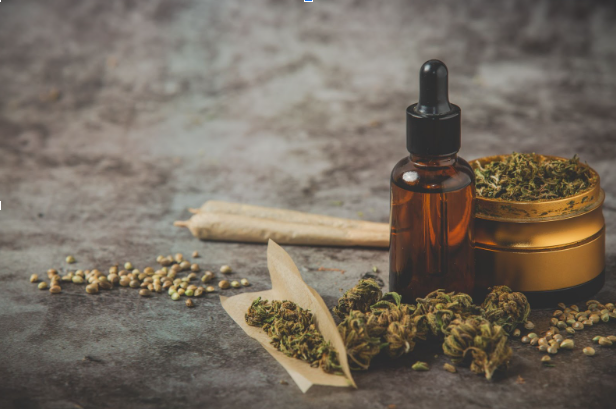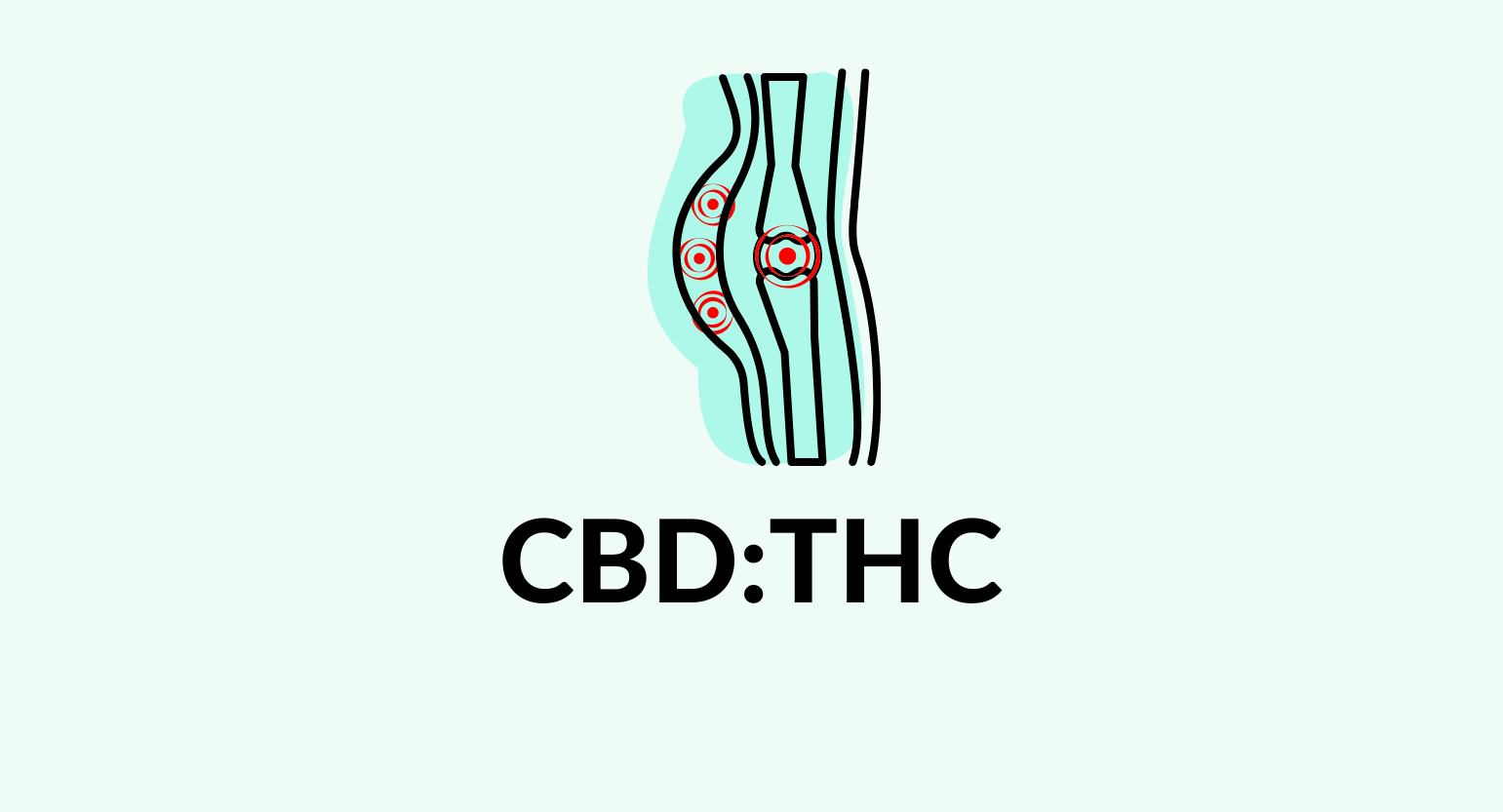
Cannabinoid Hyperemesis refers to a condition that is caused by cannabis consumption. Although the cause of this condition is not known, the medical community is concerned about its increasing prevalence. Various specialties, including pediatrics and forensic pathology, are studying this syndrome. The symptoms of cannabinoid hyperemesis are related to the effects of D-9-tetrahydrocannabinol, a cannabinoid that binds to the CB1 receptor in the brain. It is possible to experience nausea if the receptor becomes dysfunctional.
The symptoms
Cannabinoid hyperemesis is a condition in marijuana users that causes nausea and vomiting. These symptoms can last months or years and can be intermittent. The active compounds found in cannabis are what give this condition its name. Cannabis can also be a cause for emesis. It is a medical term that refers to someone's tendency of vomit.
A physician may be capable of diagnosing the condition based upon the symptoms the patient experiences. The healthcare provider will collect information about the patient and conduct a physical examination. Some healthcare providers may not know the exact condition and mistake it for another condition such as cyclical nausea disorder. The healthcare provider may refer the patient for more specific diagnosis to a gastroenterologist in certain cases. A single test cannot confirm that a patient has cannabinoid hyperemesis syndrome. Typically, it requires the patient to stop using marijuana to see an improvement.

Treatment
Cannabinoid hypoemesis syndrome, also known as CHS, is a severe condition that can occur when an individual consumes too much cannabis. There are many treatment options available once you have been diagnosed. CHS can be treated with a variety of treatment options. It is possible for some patients to experience symptoms for several months after stopping using cannabis. But symptoms will usually go away once the patient stops using.
CHS patients may experience abdominal pain, and they might be admitted to the emergency room. They are usually treated with a variety of pain medications and diagnostic procedures. Unfortunately, many of these patients return to the ED after recurrences. It is crucial to manage cannabinoidhyperemesis by getting it treated early.
Recovery phase
The recovery phase of cannabinoid hyperemeis (CHS) is often a critical time for patients with the disorder. Treatment focuses on managing symptoms and stopping cannabis use. This phase will see the patient receiving IV fluids and being closely monitored for signs or dehydration. Inpatient care may be required in severe cases.
The majority of symptoms of cannabinoid hypoemesic disorder will disappear in a matter days. Relapses may occur in some cases if cannabis is reintroduced. CHS can be treated using a variety of methods, such as cognitive behavioral treatment and family therapy. However, it is important to remember that the disorder is not curable with treatment alone.

Diagnosis
The process of diagnosing cannabinoiD syndrome hyperemesis syndrome involves many variables that can make it difficult. You may experience nausea and cyclic vomiting. A doctor should check for other gastrointestinal conditions. CVS is often accompanied with abdominal pain and GI bleeding. Upper endoscopy should be done to rule out any underlying conditions.
Although the primary treatment for cannabinoid hyperemesis syndrome is cessation of cannabis use, the patient may have poor follow-up. A multidisciplinary team is necessary to diagnose and treat such patients. As a patient may deny cannabis use as a possible cause of symptoms, it may be necessary to repeat tests and obtain other diagnostic data.
FAQ
Which conditions can CBD be used to treat?
A person's health is the most important aspect of any treatment. If you are using cannabis oil as a medicine, then it must be prescribed by a doctor. It is also illegal for someone to prescribe cannabis oil without a doctor's consent.
A prescription is not necessary if cannabis oil is being used as part of a healthy lifestyle. You should talk to your doctor to confirm that cannabis oil is safe to be taken.
Cannabinoids are either extracted from whole plants or cannabinoids (THC, CBN) isolated compounds. Cannabis oils are made from these extracts. They contain many different cannabinoids including CBD (CBD), Tetrahydrocannabinol THC (THC), as well as cannabinol CBN (CBN).
These components interact with receptors found throughout the body to create effects including pain relief, stress reduction, and anti-inflammatory and antioxidant properties.
Where can I purchase CBD products?
CBD can be bought online or at your local retailer. Online retailers are more likely to offer you better deals. Many websites offer CBD products that are made from industrial hemp. This product contains less than 0.3% THC.
You can shop locally if you prefer to buy CBD products from brick-and-mortar stores.
Many states allow CBD products to legally be bought without prescription. CBD products might be available for purchase at your local pharmacies if you're a resident in one of these states.
CBD products can be delivered directly to your front door.
Is CBD growing?
Yes! As legalization spreads throughout North America, this growth is expected continue. Canada has legalized recreational marijuana use in the past year, and several states have passed laws regarding medical marijuana.
As more states adopt legislation that allows medicinal marijuana access, this trend is likely to continue at least for the next decade.
From an economic standpoint, legalizing marijuana is also sensible. As well as providing a lucrative alternative market for farmers, there are many other benefits to legalizing pot.
It could be used to reduce crime rates and the availability illegal drugs. It could also bring in tax revenue to governments.
People will likely choose to consume less alcohol as they become more comfortable with legal marijuana. This would lead to fewer hangovers as well as lower health care costs.
Chronic pain sufferers may find that marijuana can actually improve their quality of life. Many people believe that THC, the active ingredient in marijuana can relieve nausea and muscle spasms caused by chemotherapy.
It is possible that marijuana could be used to treat mental disorders such as anxiety or depression. According to some studies, marijuana can be used to treat schizophrenia.
So, although the future looks bright for the CBD industry, we should not forget that there are still plenty of challenges facing us along the way.
Which are the top CBD brands?
These are the top five CBD brands that we have handpicked based upon quality, reliability, as well as value.
They offer CBD oil products that are high-quality and less than 0.2% of THC.
You might also want to check out our list of top CBD sellers all over the globe.
Statistics
- A recent systematic review of human trials also reported that individuals with epilepsy receiving CBD (5–20 mg·kg−1·day−1) were more likely to experience decreased appetite than those receiving placebo (i.e., ~20 vs. 5% of patients) (ncbi.nlm.nih.gov)
- A recent study [161] also found that in vitro CBD treatment (i.e., ≤ 2 h exposure to 10 μM) induced ~40% vasorelaxation in isolated (pre-constricted) (ncbi.nlm.nih.gov)
- As a substance that was federally illegal before the passage of the 2018 Farm Bill, hemp-derived cannabinoids with no more than 0.3% THC still face a regulatory grey area. (forbes.com)
- HR −16 mmHg; 95% CI −26, −6; I2 = 92%) (ncbi.nlm.nih.gov)
- however, one study also found that these effects were virtually abolished when the original media (a nutrient broth agar) was replaced with one containing 5% blood (increasing the minimum concentration to ~160 μM CBD) [179]. (ncbi.nlm.nih.gov)
External Links
How To
What are the most common problems in the CBD industry?
The current market for CBD-based products is expanding at a phenomenal rate. However, there are still many challenges facing businesses looking to enter this space. These include low consumer awareness, high entry costs, limited capital access, regulatory uncertainty, and lack of consumer awareness.
Many consumers do not know what CBD is or how it works. They are unable to make an informed decision about buying CBD products.
Most CBD companies rely heavily upon word-of mouth marketing. This is expensive as they must pay advertising costs and to hire staff to market their brand.
Another problem for new entrants to CBD is the high price of production. It is very expensive to obtain the raw materials required for CBD products. CBD oil can only then be produced if the hemp has been grown in a specific environment.
Grow enough hemp to produce CBD oil requires approximately $1,000 per annum. Many small farmers are unable or unwilling to invest in this product.
The lack of capital access is another obstacle new entrants to the CBD market face. Banks are often discouraged from helping people start businesses because of the stigma that surrounds the industry.
Final, there are regulatory uncertainties surrounding the sale CBD products. There are currently not clear guidelines as to how CBD products should marketing.
Although some states have passed legislation restricting CBD product sales, this has not become a national policy.
Only Nevada, Maine, and Nevada have legalized recreational pot.
Massachusetts and Michigan are however considering similar measures.
These changes could mean that CBD manufacturers will be more competitive.
These factors have led many entrepreneurs to choose to work remotely rather than starting a physical business.